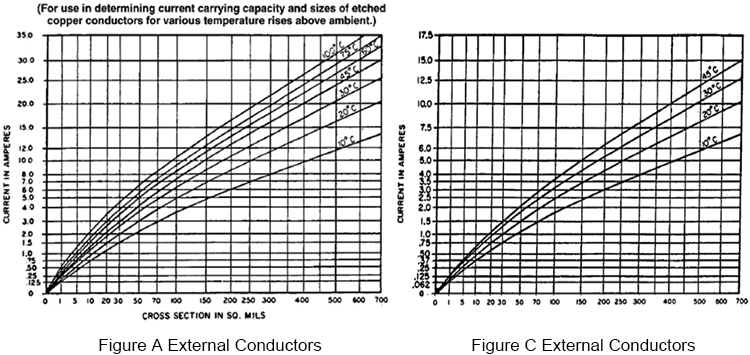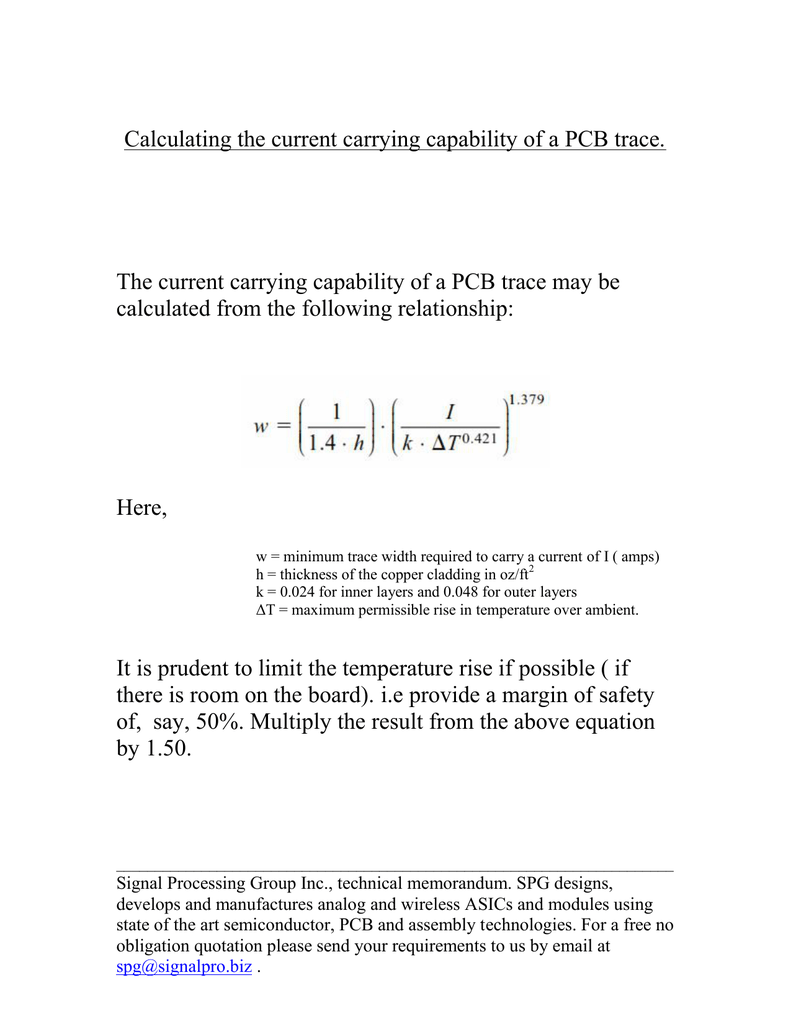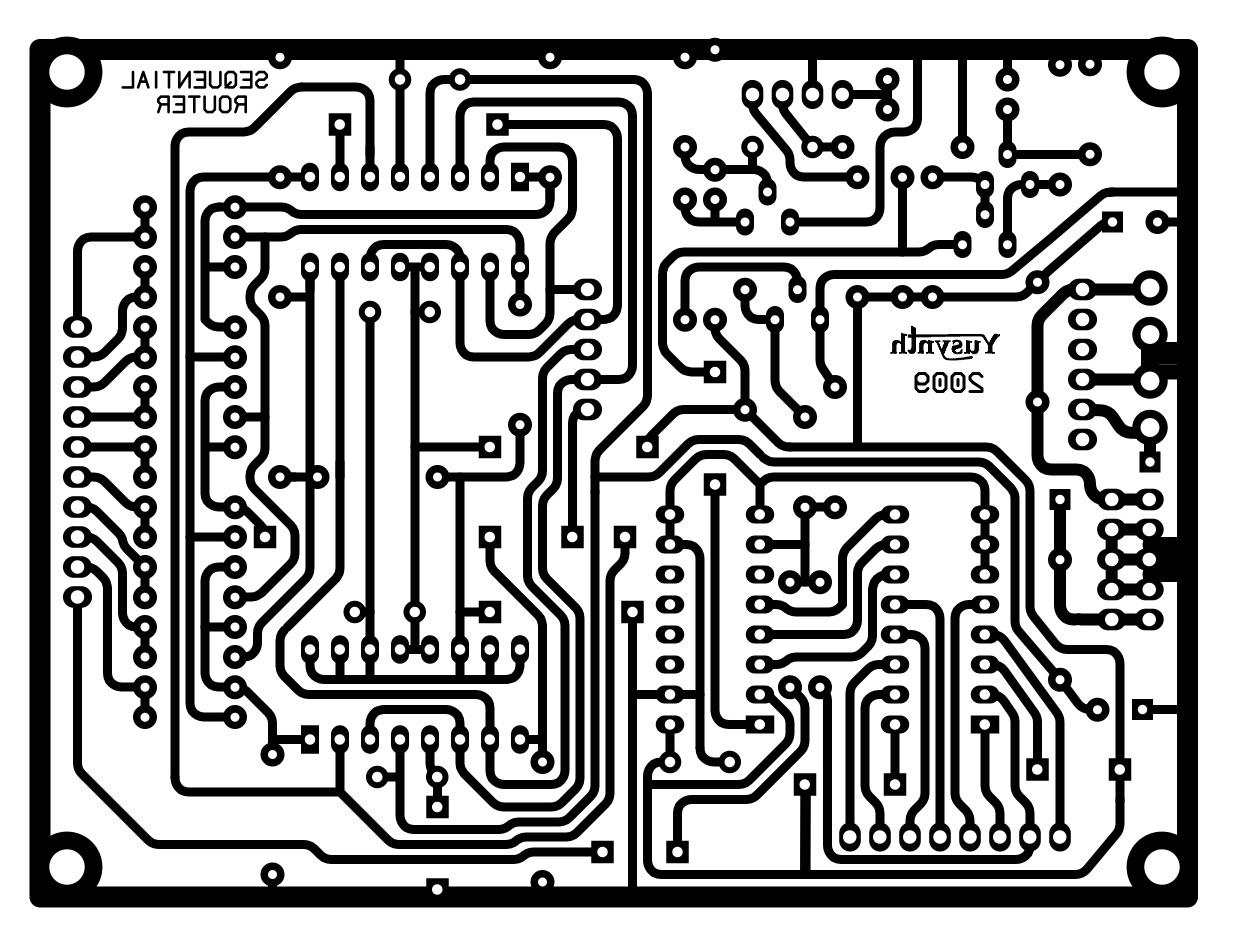
On the other hand, the heavy copper PCBs are the ones that have up to 3 oz of copper, and which has a thickness of up to 4 oz per ft2. On the one hand, we have the high current circuits, being the circuit boards that carry thousands of amps, support higher current densities than the traditional PCBs do, while resisting higher temperatures for an extended period.

However, a tiny line of difference separates them. The two are often interchanged and sometimes, seen to be one and the same.

Request PCB Manufacturing & Assembly Quote Now The Difference between High Current PCB & Heavy Copper PCB With the high current PCB, one can mitigate some of these challenges, due to the fact that the circuit can handle such currents. The systems and devices that operate with more power tend to expose the users to more dangers, ranging from electrostatic discharge and unsafe operating conditions. While it is safe to say that this type of circuit board handles huge current flows better, it can also be said that it does that in line with the safety demands.ĭue to the designation for use with high-powered devices, it is common to find the high current PCB used as an interface between these devices and the safety measures meant to be in place.

You can also be sure that this type of PCB can handle higher rates of electrical current, while resisting the higher temperatures for a longer time. It is also said to be “high current” due to the provision of stronger connection points. When a Printed Circuit Board (PCB) is so-called, it simply means that the “current densities” it uses are higher than those used by traditional circuit boards.


 0 kommentar(er)
0 kommentar(er)
